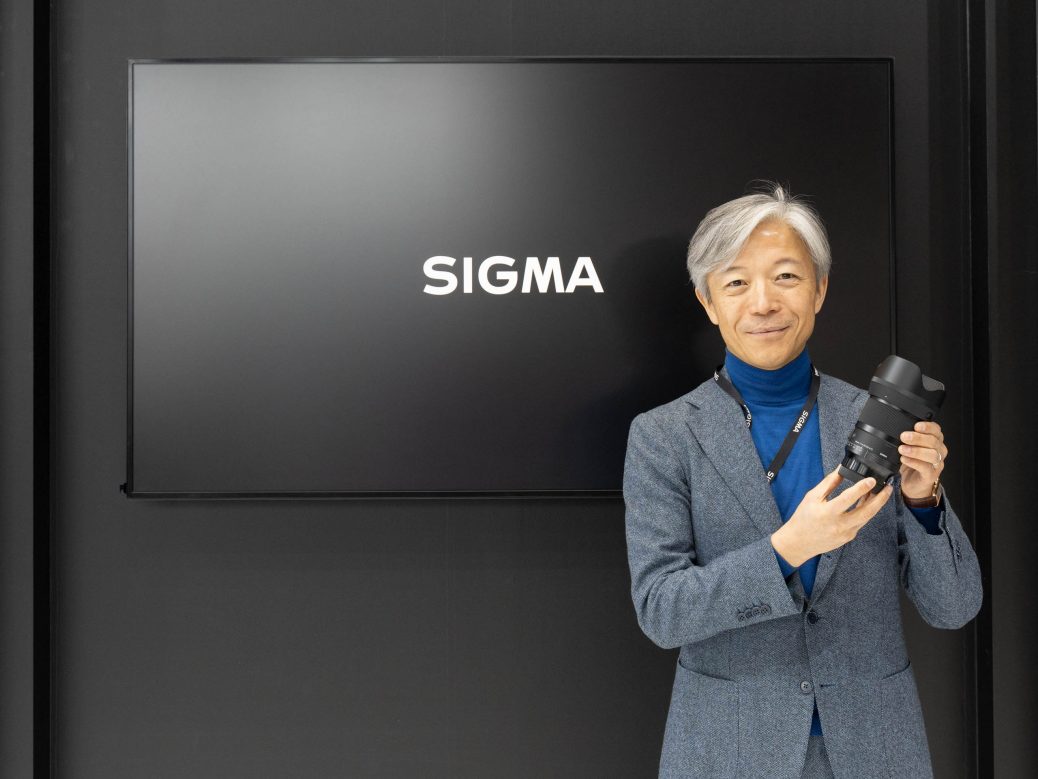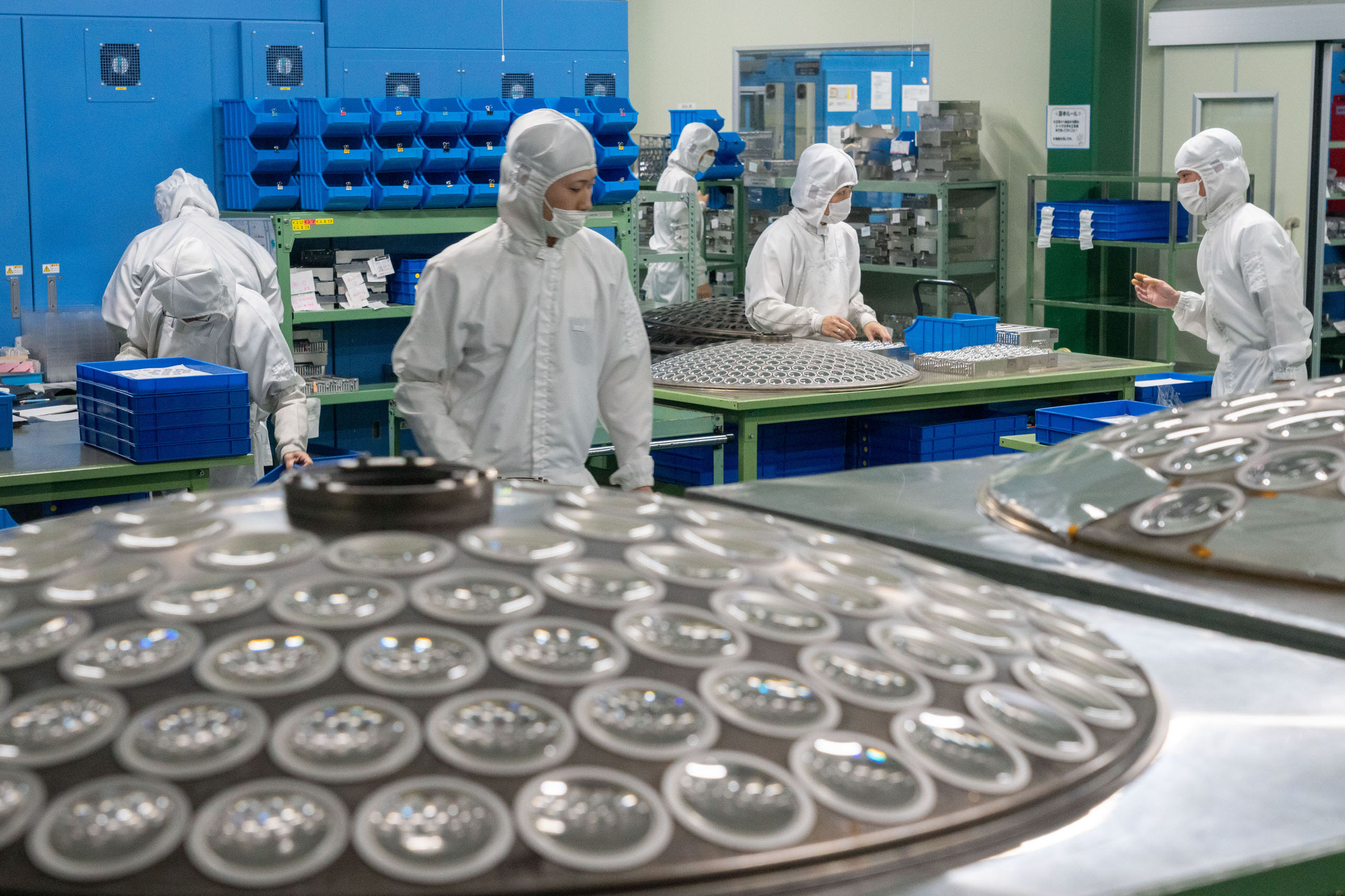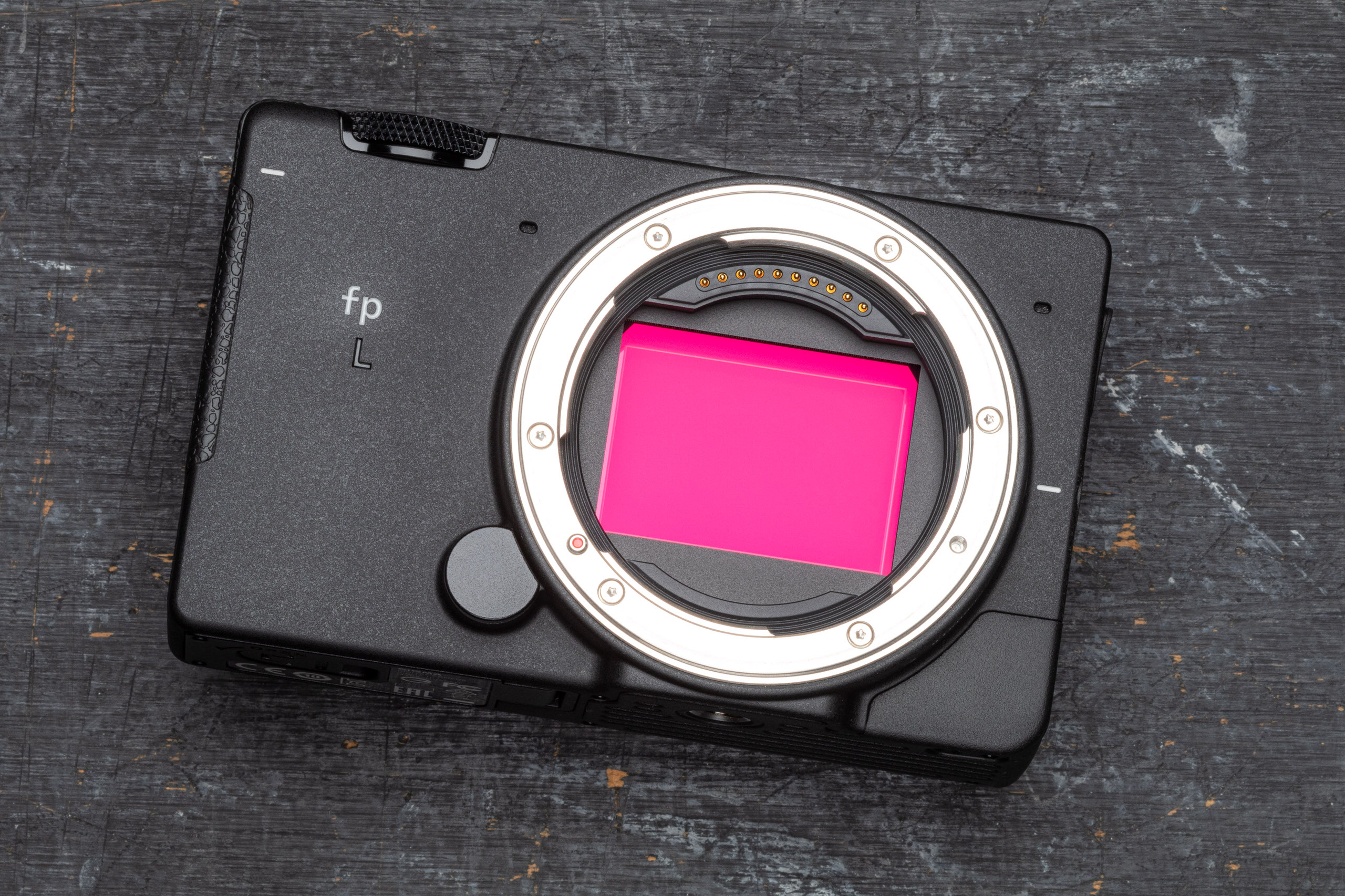Sigma Interview With DPReview at CP+ 2023
At the CP+ show in Yokohama, Japan last month, DPReview make an interesting conversation with Sigma’s CEO Kazuto Yamaki. They discussed various topics, including the state of the L-mount Alliance and some insight into his philosophy about running a camera and lens business.
Here are some of the most interesting news:
L-mount alliance is almost five years old: “Five years is not a long time for a camera system. People will buy a system when they trust it, and it takes five years to show the benefits of using a system. Moving forward, I think customers will see the advantages of using the L-mount system. It gives customers a wide variety of choices; they can choose Leica, Panasonic, or Sigma cameras and choose any of the lenses from each system. And now, Leitz Cine and DJI also make L-mount products, so I think the L-mount system has become an attractive option.”
About the prototype of a full-frame Foveon sensor: “We’re still working on the sensor technology, but we still don’t have a prototype of a full-frame Foveon sensor. In 2019 we canceled our existing full-frame project and started it from scratch, and we started working on a new pixel structure. We’re also developing a new sensor wafer manufacturing process. Every time we make a prototype sensor, we find some technical issues, so we’ve been solving them and narrowing them down, but there are still a few issues. I hope we can solve those problems sometime in the near future, and after we’ve done that, we’ll be able to make the final full-frame sensor.”
APS-C lens in Sigma plans: “APS-C still has great benefits. Making good full-frame lenses that perform well from center to corner without vignetting is challenging. But with APS-C, we can make lenses with excellent performance at a decent size and weight. So for those who care about the balance between picture quality and the size and weight of a system, APS-C is still an excellent choice. We can make a very compact camera body with a full-frame sensor, but making the lenses compact is still challenging.”
Covering more lens mounts impacts on design and manufacturing: “It doesn’t have any impact on the lens design. We always try to achieve the best optical performance for each lens and each system. We might need to tweak some lenses due to differences between systems, for example, the filter [in front of the sensor], so while we need to optimize lens performance for each system, it doesn’t affect the lens’s optical design. But it does affect the efficiency of the factory and the manufacturing process, and increases production costs. We want to support as many systems as possible, but if we support mounts with limited demand or low volume, it increases the overall cost of our products. It’s unfortunate, but it means we have to forego some of the more minor mounts.”
Technical perfection versus unique character in lenses: “As a manufacturer, we like to achieve the highest optical performance possible. That’s a mission for us. We invest in technology, and we try to achieve the highest performance. But I’m aware of this type of demand from customers. We did some research on these customers’ preferences and found that what they’re really looking for are lenses with some spherical aberration. We already provide such a lens: our 45mm F2.8 DG DN has relatively high spherical aberration. It’s a sharp lens, but it has a little bit of flare, especially at close distance, but some people appreciate that look. Cameras have similar sensors today, so there’s less character on the camera side. They all provide high contrast and saturated color, so if you put a modern lens on them, all the footage looks very similar. So, they can create some uniqueness by using an imperfect lens. We create this type of product occasionally, but our focus is on achieving the highest possible optical performance. However, if there’s more demand for these types of lenses in the future, we might release them.”
About fp and fp L cameras misconception: “I think the concept of the fp was well-received by customers looking for that kind of camera. Concept-wise, it was great. But there are things we need to improve. First, the fp [and fp L] was misunderstood as being a video camera. Actually, it’s not a video camera, but many people believe it’s a video camera. That was our mistake in communicating with the market. These are great cameras for street photography. I personally use the fp and fp L for street photography, and people who use them for that purpose are very happy because of the small form factor. You can bring the camera with you every day, and it easily fits in your bag. But the camera was misunderstood as a video camera. If you consider the fp as a video camera, it’s not a perfect one. I have to admit there are some drawbacks. For example, it doesn’t support Log recording. If we release an updated fp or fp L, we need to enhance the performance on the video side. Also, we’d like to better connect with still photographers who want a compact, lightweight, but high-quality camera for still photos.”
Read the full interview on DPReview’s website.



